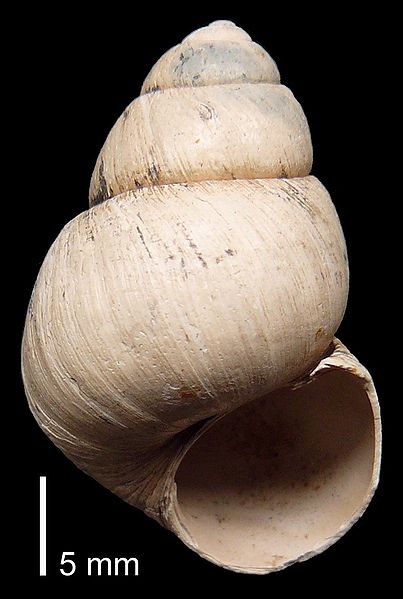
Nutrition/Diet
Meta menardi
has a different variety of prey compared to many of the other
spiders most people would think of.
Most spiders will prey on the flying insects and other
flying prey sources, but the European Cave Spider captures most
of its prey near the walls and ground.
A large number of invertebrates are considered prey to
Meta menardi (Smithers
2005). The majority
of the prey that Meta
menardi will f east on can be divided in three main groups
(Smithers 2005). The
groups consist of organisms that enter to seek shelter over
winter from the external environment, organisms that move down
the soil profile, and member of the inner cave that move up into
the twilight zone (Smithers 2005).
east on can be divided in three main groups
(Smithers 2005). The
groups consist of organisms that enter to seek shelter over
winter from the external environment, organisms that move down
the soil profile, and member of the inner cave that move up into
the twilight zone (Smithers 2005).
The
prey for most of these cave spiders are members of the ground or
soil environment and litter fauna including myriapods and slugs that
move around the ground or on along the walls (Smithers 2005).
These species travel along the outermost surface of the cave
and include woodlice, beetles, centipedes, millipedes, overwintering
butterflies and moths.
The technical terms for the myriapod prey that is most consumed by
Meta menardi are julid
millipedes, Nanagona,
polydesmoides and
goephilomorph centipedes (Smithers 2005).
Nanagona seemed to
be the main prey through the spring and summer months, which is
uncommon because due to the fact that they live in subterranean
chambers (Smithers 2005).
They seem to have their highest capture rates in spring and
fall, mainly because of migration with many species (Novak et al.
2010). Also, many
species that live in the soil must leave their natural habitat
during the harder wintery conditions allowing
Meta menardi to prey on
them (Smithers 2005).
Carabidae are found in the diet mainly during the spring months
coming in through the entrance from the woodland (Smithers 2005).
Trichoptera are mainly consumed in early spring and early
fall, which seem to emerge based on water sources outside the cave
or habitat (Smithers 2005).

Meta menardi has shown it
will stay away from the large amount of flying insects that
accommodate the cave walls mainly because they don’t attract the
spider’s attention with their limited movement (Smithers 2005).
Seasonal abundance is an important contributing factor to the
diet of the Meta menardi
(Novak et al. 2010).
Gastropods are now said to be an important part in the diet,
which is rare because most spiders do not include this.
Their is more information about the prey of Meta menardi on
the Interactions page.
The European Cave Spider has a very wide range of prey that it will
consume throughout the year at different times.